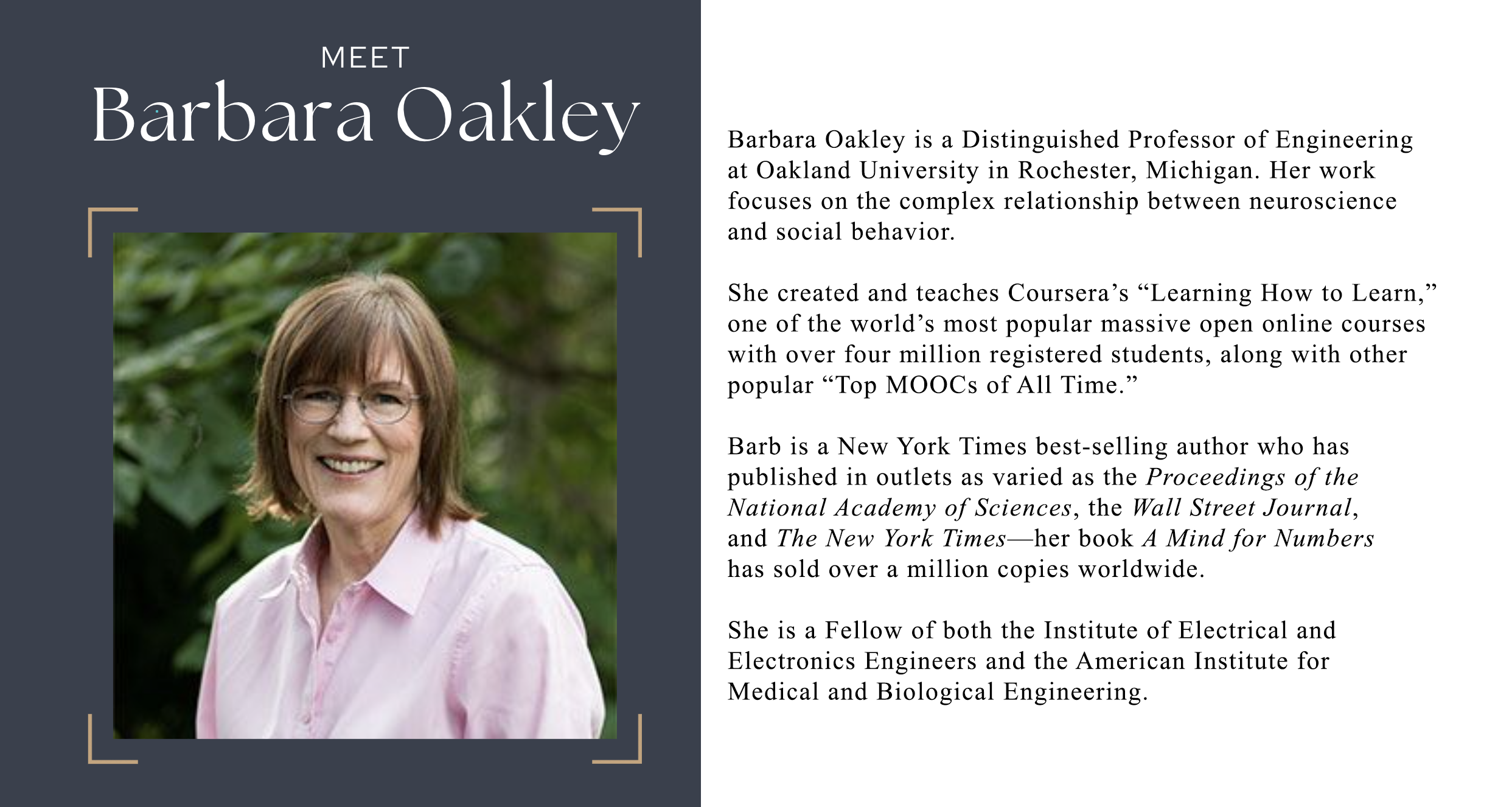
Uncommon Sense Teaching by Barbara Oakley, Beth Rogowsky, and Terrence Sejnowski explores how the latest findings in neuroscience can be applied to classroom teaching. The book offers practical, science-backed strategies for educators to enhance student learning. It focuses on techniques such as chunking information, interleaving subjects, and spaced repetition to help students retain and apply knowledge more effectively. By understanding how the brain learns, teachers can create more engaging and efficient lesson plans, making it easier for students to absorb and retain complex material.
What are some neuroscience findings that you can use in your classroom?
1. Chunking Information for Better Retention
One of the core concepts of Uncommon Sense Teaching is “chunking”—a process in which information is broken into smaller, manageable pieces to help students process and retain it better. Research shows that when students can form chunks of knowledge, they are more likely to transfer that information to long-term memory.
For teachers, this means planning lessons with clear, concise segments that build upon each other. Start by introducing a new concept, then break it down into digestible parts. Encourage students to practice recognizing these chunks through repetition, quizzes, and discussions. Whether you’re teaching history, math, or science, chunking allows students to master complex ideas over time without feeling overwhelmed.
Classroom Tip: Try using visual aids like mind maps or flowcharts to help students visualize how different pieces of information connect. For example, in social studies, you can create a flowchart that links major historical events to their causes and effects.
2. Interleaving for Deeper Learning
Oakley emphasizes the power of interleaving—mixing different types of problems or topics during practice sessions. Instead of focusing on one topic for an extended period, students switch between related but distinct subjects, which enhances their ability to make connections and apply knowledge in varied contexts.
For example, when teaching economics, mix questions about supply and demand with case studies on market behavior. This keeps the brain active and encourages students to approach problems from different angles, improving their critical thinking and problem-solving skills.
Classroom Tip: In math or science classes, alternate between different problem types during assignments. Instead of working on just algebra or geometry, have students tackle a combination of both. This interleaving approach helps with overall comprehension and prepares students for real-world scenarios, where problems are rarely confined to one subject.
3. The Power of Spaced Repetition
One of the most impactful techniques from Uncommon Sense Teaching is spaced repetition. This method involves revisiting previously taught material at increasing intervals, which strengthens memory retention and helps prevent students from forgetting important concepts.
For teachers, implementing spaced repetition can be as simple as incorporating brief reviews of past lessons in your daily warm-ups or weekly quizzes. By consistently reinforcing what students have already learned, you give them the tools to retain information over the long term.
Classroom Tip: Set aside the first 5 minutes of each class for a quick review of key points from previous lessons. Use quizzes, flashcards, or group discussions to keep the material fresh in students’ minds.
More Classroom Resources:
If you’re looking for simple yet powerful techniques to enhance your teaching, Uncommon Sense Teaching provides a blueprint for success. Use the resources and lesson plans below to get you started:
- Books: Uncommon Sense Learning, A Mind for Numbers: How to Excel at Math and Science (Even If You Flunked Algebra), and Mindshift: Break Through Obstacles to Learning and Discover Your Hidden Potential
- Sign up for Barbara’s Coursera Course: Learning How to Learn
- Sign up for the Cheery Friday Newsletter
Watch Stossel in the Classroom’s Town Hall for Educators with Barbara Oakley to learn about the exciting intersection of neuroscience and education.
Ideas in Action Newsletter
Not ready to register a free account yet, but still want to keep up with Stossel in the Classroom? Sign up for our Ideas in Action Newsletter!

